Moon Water Discovery Makes History
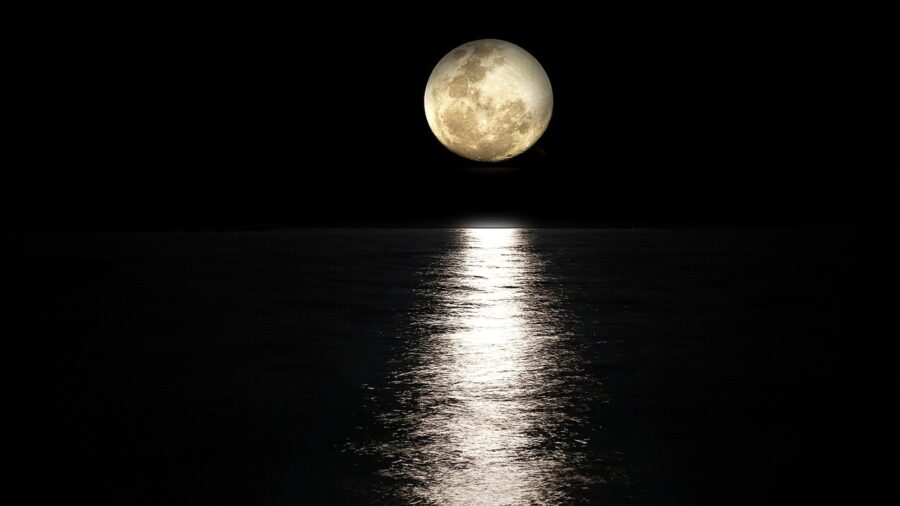
In a historic discovery, China’s Chang’e 5 mission shed some new light on the composition of lunar soil, which could be vital to the success of future missions and habitations. Namely, the mission returned with lunar soil that contained the molecules of water—now dubbed moon water.
The Findings

The Chang’e 5 lunar probe landed in the grasslands of Inner Mongolia, an autonomous region in China, on December 16, 2020, carrying just under four pounds of lunar rocks and soil. The soil was subsequently analyzed by Chinese scientists, who had discovered the presence of water molecules in said lunar samples—their findings were published in Nature Astronomy this past July.
The rather monumental discovery of moon water could prove immensely beneficial to future lunar missions and lunar habitations.
Not Liquid
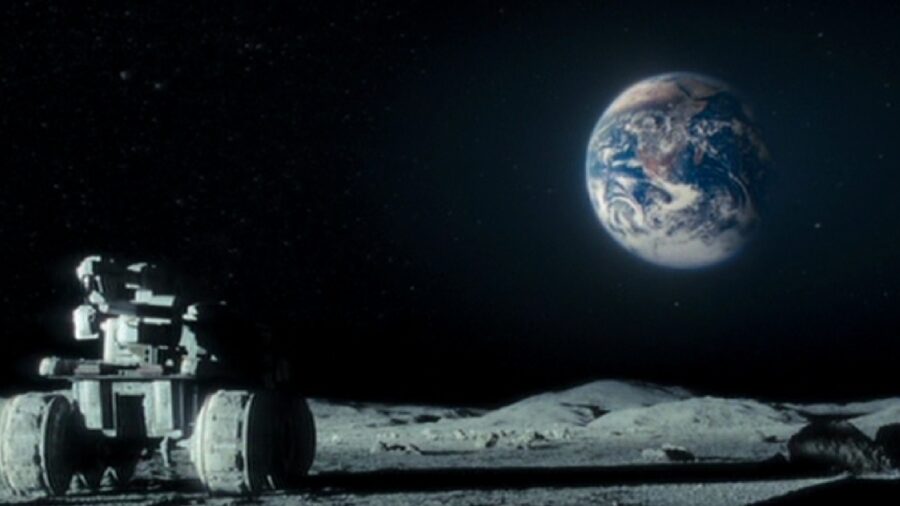
The water isn’t in its liquid form; instead, the team identified a kind of mineral that has water in its molecular structure by using X-ray diffraction. They also learned that the whole mass of said minerals is actually comprised of more than 40 percent water with the presence of ammonia.
Now, it’s important to note that this isn’t the first time the presence of water was detected on the Moon’s surface—recent studies suggested that water could be trapped in glass beads present on the Moon’s surface and that the solar winds could potentially turn them into moon water.
Future Missions
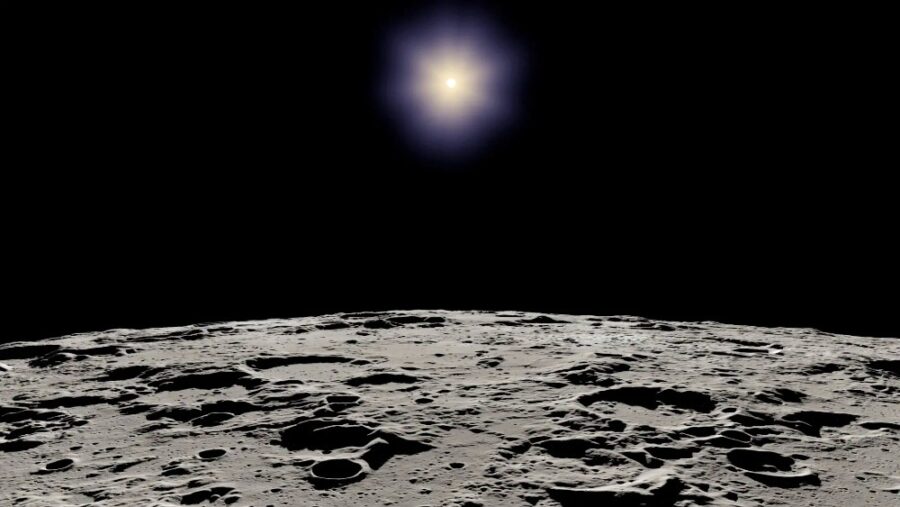
Subsequent missions to the Moon by both American and Indian landers also registered what is believed to be moon water on the lunar surface. However, the discovery made by Chinese scientists marks the first time humans have found whole molecules of H2O in lunar soil samples, and its importance lies in the fact that it furthers our understanding of the resources available on the Moon.
These can be vital to future lunar missions and lunar habitations. The importance of moon water is self-explanatory since it’s necessary to sustain life.
Safer For Astronauts
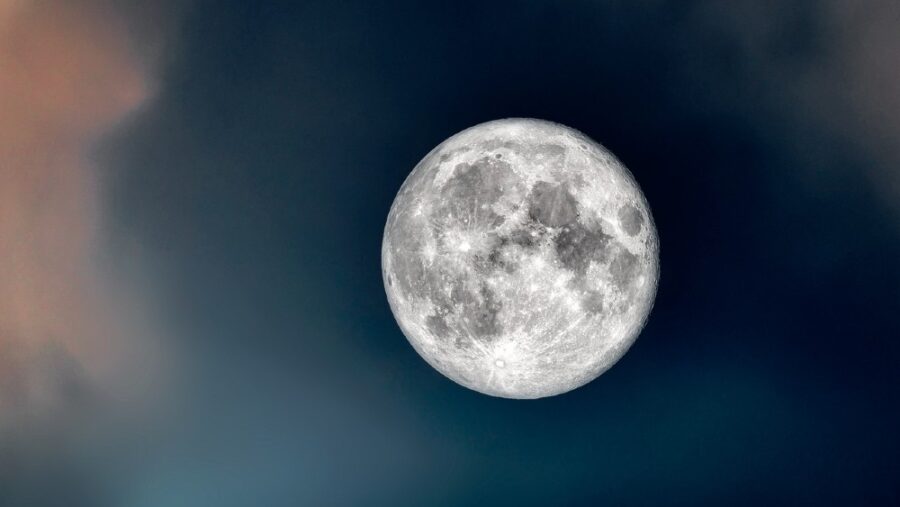
Moon water could be used to grow food in future habitations, while ammonia can be used as a component of rocket fuel.
Delivering proper refining technologies to the lunar surface could potentially eliminate the need to deliver these two compounds to the Moon, especially once it becomes viable for habitats to establish their own production.
It would make future lunar missions more financially approachable and much safer for astronauts manning those missions.
Lunar Volcanoes
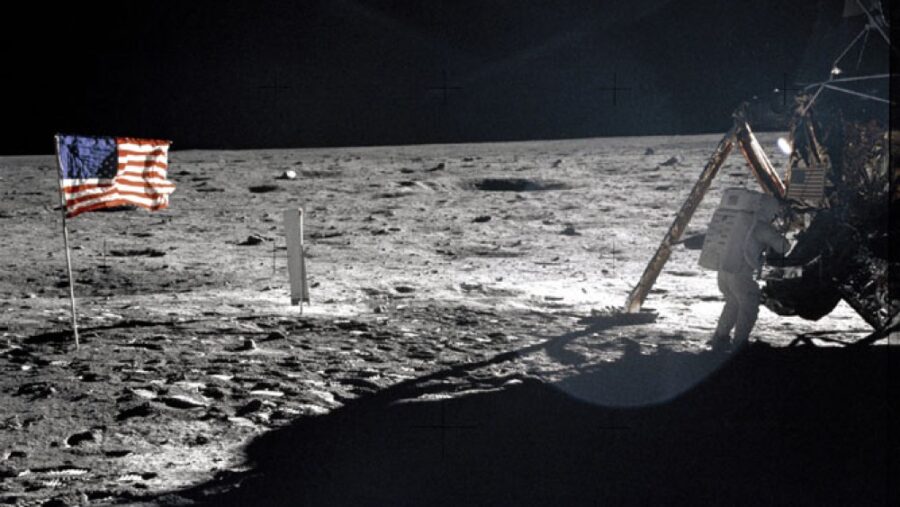
Apart from moon water, the lunar samples also have the potential to shed more light on the Moon’s formation. Sure, the prevailing theory in which a Mars-sized body stuck the Earth‘s surface, leading to the formation of the Moon, explains a lot, but there are still large gaps in our knowledge regarding the Big Cheese.
For example, the study of soil and rocks from the Moon suggests a similarity between the minerals that were recently discovered and terrestrial volcanic rocks. This further suggests that the samples were produced by now-extinct lunar volcanoes.
Source: Smithsonian Magazine












